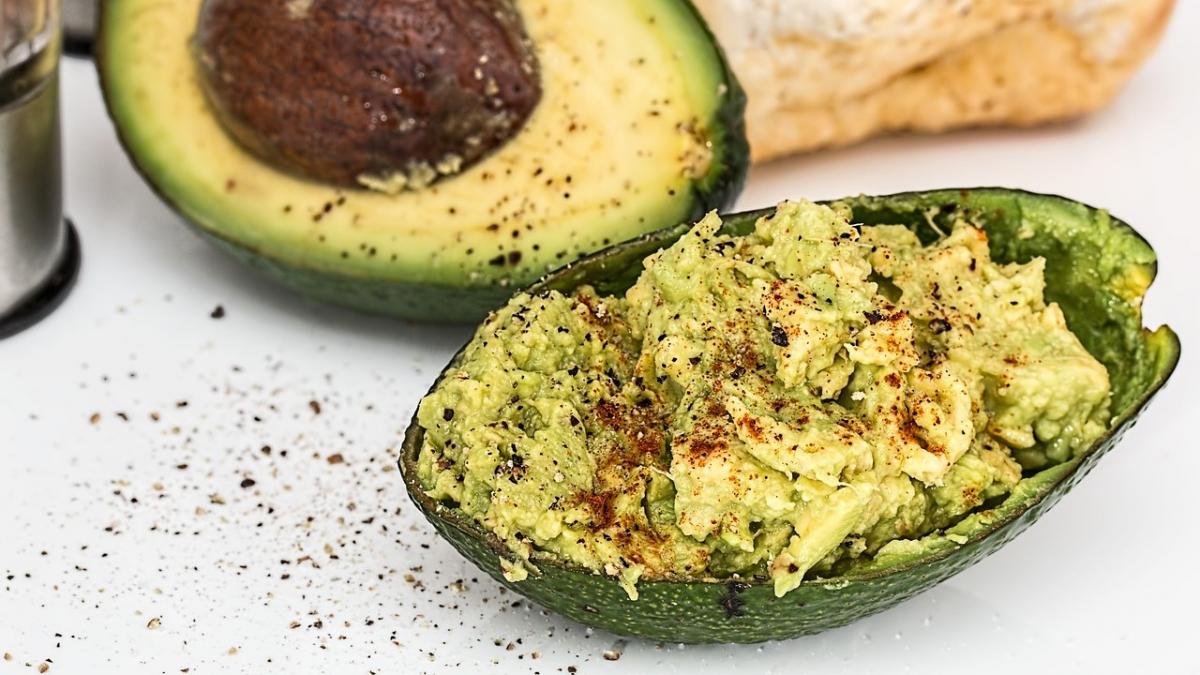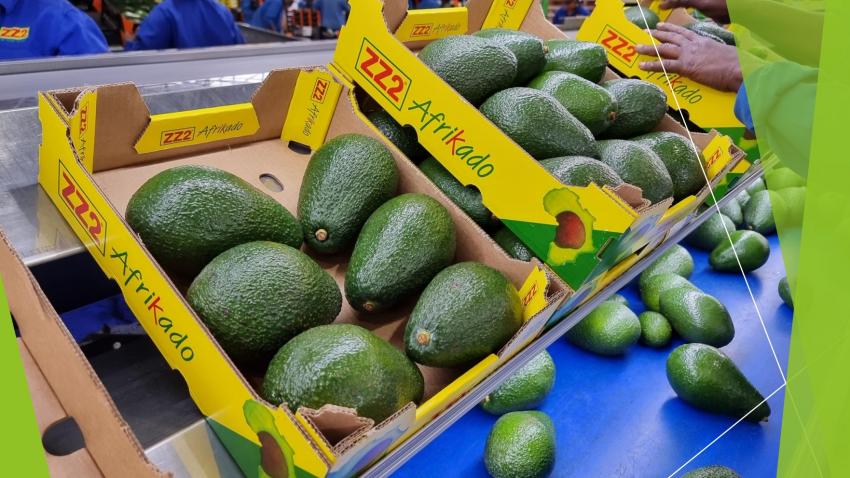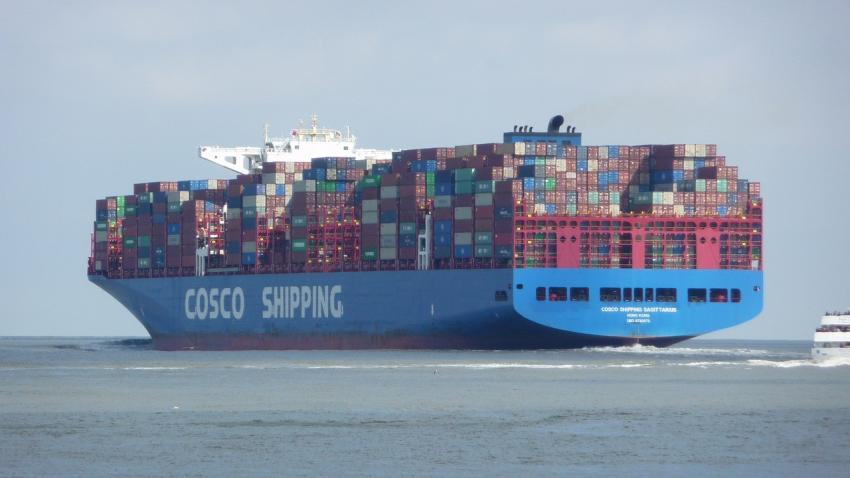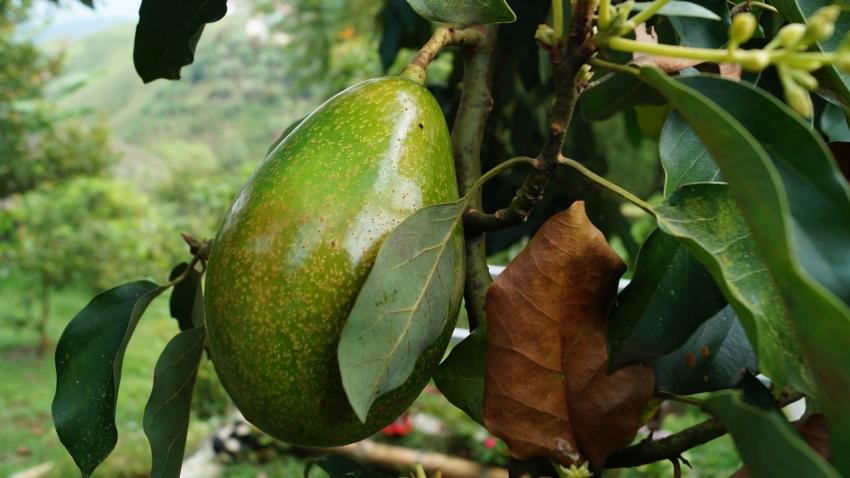You are here
Back to topChina Overtakes Japan as Asia’s Largest Avocado Importer

A recent report on the global avocado industry by Rabobank, the Dutch multinational bank and leader in agricultural financing, revealed that while North America and Europe together account for 88% of global avocado imports, Asian markets are experiencing rapid growth, with imports reaching 184,000 metric tons in 2023, a 29% year-on-year increase. Furthermore, China surpassed Japan to become Asia’s largest avocado importer in 2023.
Prior to 2014, China’s avocado imports were negligible. However, they then began to increase rapidly, surpassing the milestone of 40,000 metric tons in 2018. The growth from 2022 to 2023 was particularly remarkable, with imports rising from 41,000 metric tons to 66,000 metric tons, representing an increase of 61%. Meanwhile, Japan, previously the largest importer in Asia, registered 62,000 metric tons of avocado imports in 2023.
According to data from the International Trade Center, Peru is China’s largest avocado supplier, with exports reaching 50,000 metric tons in 2023, a 79% increase from 2022. Peru holds a 76% market share in China, followed by Chile at 12% and Kenya at 6.6%. Mexico, despite being an early pioneer in avocado exports to China, has seen its export volume decline year by year, with the 2,000 metric tons shipped in 2023 representing a market share of only 3.1%. Kenya began exporting avocados to China in 2022, initially shipping only 444 metric tons in its first year. However, in 2023, that figure skyrocketed to 4,342 metric tons, demonstrating significant potential for greater market share in the future.
The Rabobank report indicates that the annual per-capita consumption of avocados in Asia is less than 0.05 kilograms, significantly lower than the 1.6 kilograms recorded for European consumers and the more than 3.5 kilograms recorded for U.S. consumers. However, as Asian consumers develop a growing affinity for the fruit, the market potential for growth in the region is substantial.
The OECD-FAO Agricultural Outlook 2024-2033 report, published by the Organisation for Economic Co-operation and Development and the Food and Agriculture Organization of the United Nations, indicates that among major tropical fruits, avocados have the lowest production volume but have experienced the fastest growth in recent decades. This rapid growth is expected to continue throughout the forecast period. Strong global demand, high per-hectare returns and lucrative export prices are anticipated to drive expansion and encourage both major and emerging producing countries to invest in increasing their cultivation areas. Global production is projected to maintain an annual growth rate of 3.5%, reaching 14 million metric tons by 2033, more than triple the volume registered in 2013.
Despite this rapid expansion, avocado production is likely to remain concentrated in a select few regions and countries. Mexico, Colombia, Peru and the Dominican Republic, the four major producers, are expected to significantly increase their output over the next decade, together accounting for an estimated 60% of global production by 2033.
Avocados are also poised to surpass pineapples and mangos as the tropical fruit with the highest trade value as early as 2025, with the global export volume expected to reach 4.3 million metric tons by 2033. The global export value is estimated to total $10.4 billion in constant 2021–2023 value terms, making avocados one of the most valuable fruit commodities.
Despite increasing competition from emerging exporters, Mexico is expected to maintain its position as the world’s largest exporter, with a 53% share of the global market in 2033. Over the next decade, driven by sustained demand from the United States, Mexico’s production is anticipated to grow at an annual rate of 3.6%. Peru, the second-largest exporter, is projected to account for about 25% of global export volume, primarily supplying growing demand from the European Union.
The health benefits of avocados drive consumption in the United States and the European Union, which are expected to remain the main import markets, accounting for 46% and 25%, respectively, of global imports by 2033. However, imports are also projected to grow significantly in the United Kingdom, Canada, China and several Middle Eastern countries on account of rising incomes and changing consumer preferences. In many producing countries, the per-capita consumption of avocados is anticipated to increase with increasing income, particularly in Colombia, the Dominican Republic and Indonesia.
Image: Pixabay
This article was translated from Chinese. Read the original article.















Add new comment